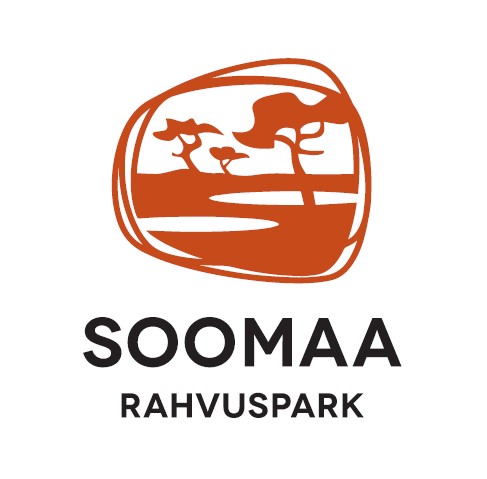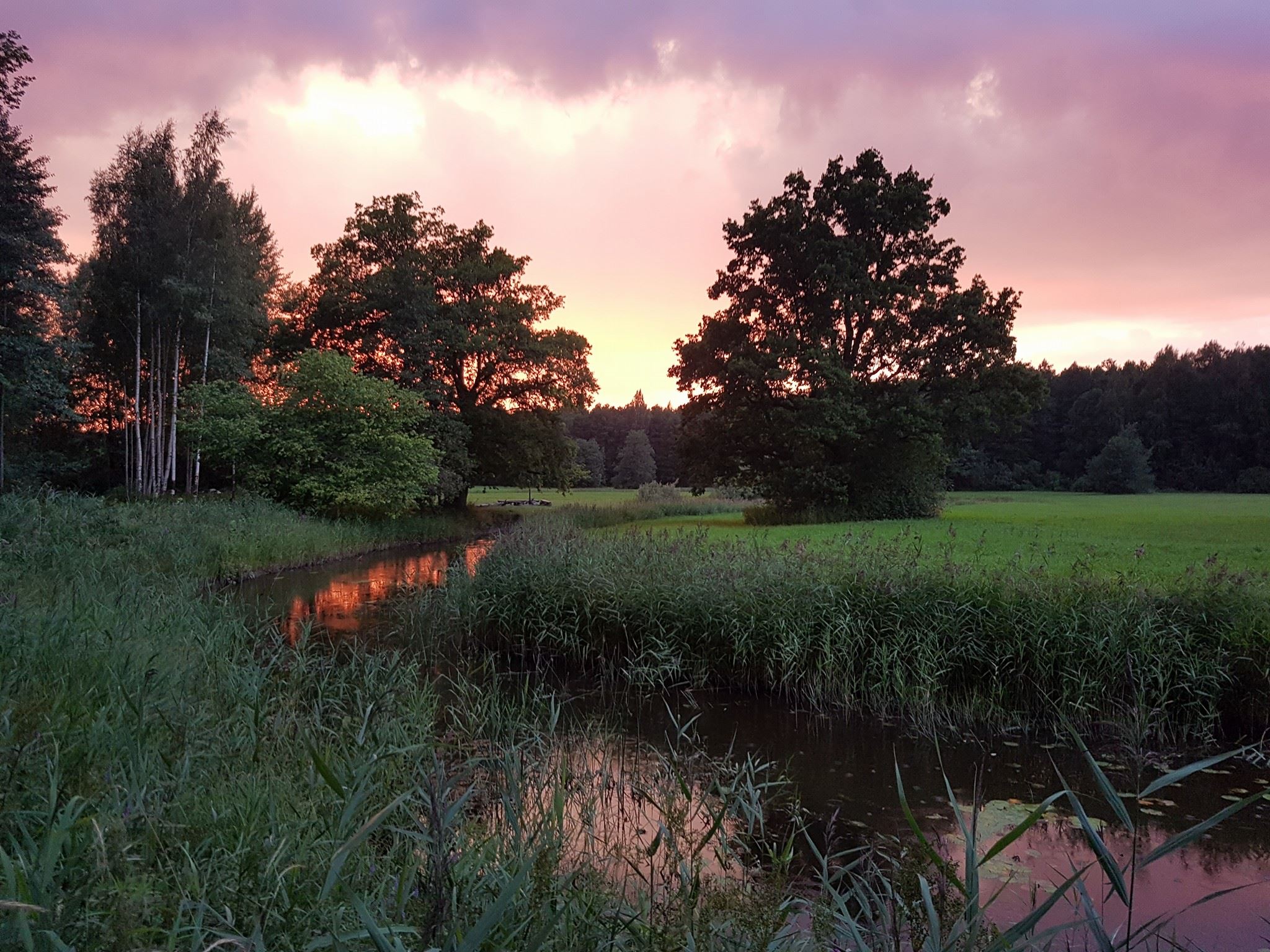
Cultural heritage
The settlement and cultural traditions of Soomaa National Park have been influenced by the natural conditions here. Due to the extensive river network, this area has been inhabited for countless generations. This is evidenced by the discovery of fishing spears made of bones and horns, arrowheads, stone axes, and a funeral cairn dating from the second millennium BCE in the southern part of the national park.
The first written reports of permanent settlement date back to the 16th century Livonian Atlas compiled by Mellin, where the names of the villages and farms here are indicated. Villages began to grow in the middle of the 19th century, and village life was at its heyday in the 1920s and 1930s. The villages of Riisa, Sandra, Tõramaa, and Tipu were the most densely populated, with more than 100 farm sites. In the villages along the riverbanks, people were involved in dairy farming, forestry, log rafting, fishing, and hunting. The Second World War, deportations, and the Forest Brothers movement left a large number of farms empty. Today, little has survived from the former settlement of Soomaa. However, in nature, you can see the remnants of native trees in former farm sites and apple orchards, as well as the remains of buildings such as foundations and basements.
Cultural heritage lives in the hearts and activities of local residents and people who love Soomaa National Park. A club of local craftswomen meets in Soomaa, making handicrafts and promoting the traditional way of life. The area's inhabitants also keep the culture of building and using dugout canoes alive, are actively engaged in gathering and fishing, and often come together to remember past times and plan the future.
